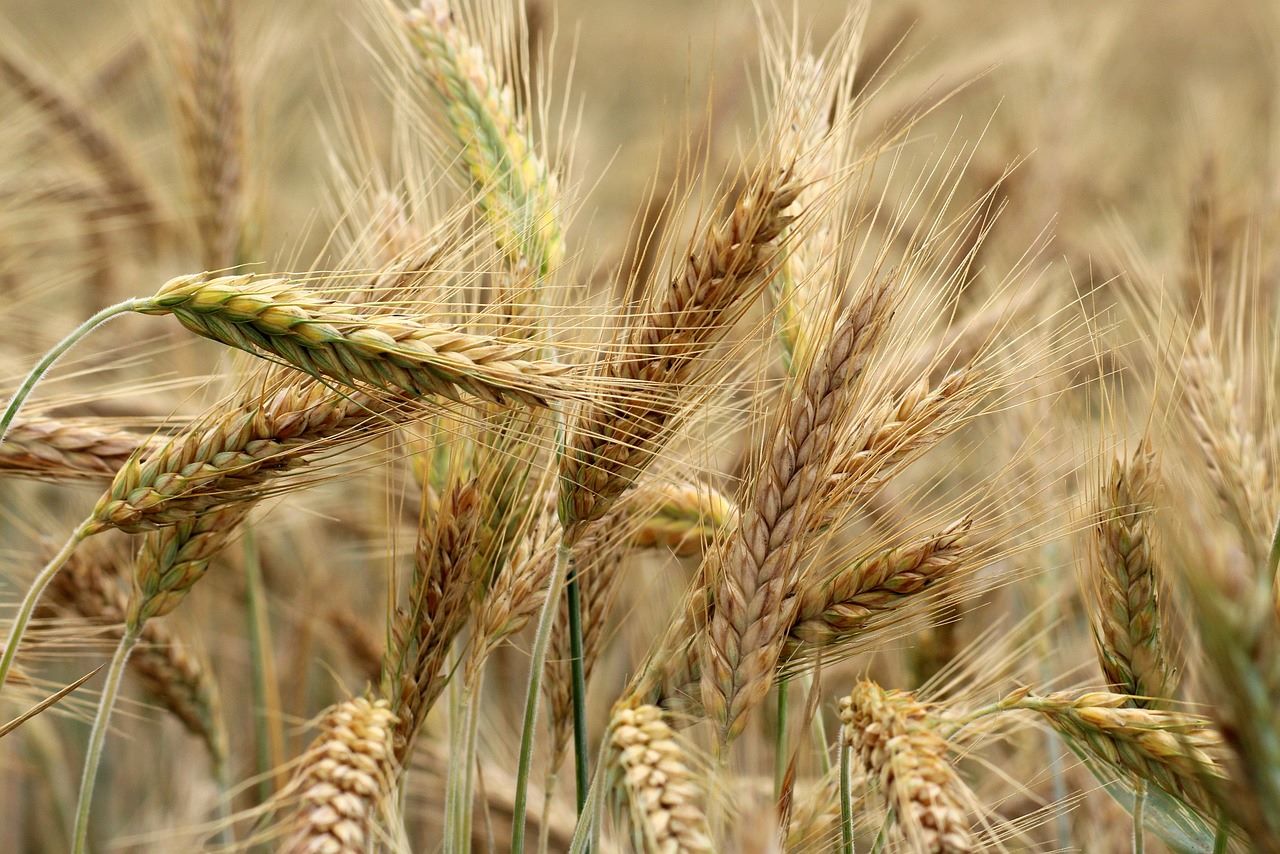 Irrigation can be cut out when cereal grains have reached its physiological maturity. © Pixabay© Pixabay
Irrigation can be cut out when cereal grains have reached its physiological maturity. © Pixabay© Pixabay
Determining the optimal time to stop irrigating winter cereal crops allows for the efficient use of water resources and reduces the impact of irrigation drainage on rivers and aquifers, helping to protect the hydrological cycle. This involves identifying when the cereal reaches physiological maturity, which is when the grain stops increasing in weight and crop production stabilizes. At this stage, the plant no longer requires additional water. This approach allows for the final irrigation cycles to be adjusted based on the soil’s water retention capacity, as noted by Altés et al. (2024).
Currently, monitoring the physiological maturity of grain is performed manually through farm sampling. However, reflectance indices derived from remote sensing data can also determine physiological maturity at the plot level without the need for on-site measurements. Building on this approach, the Operative Group plans to implement a methodology able to adjust the irrigation considering the plant’s physiological maturity in order to optimise water use and increase the production.
isardSAT will determine a reflectance index obtained from remote sensing data that allows to know the moment of physiological maturity of the crops, at which point the irrigation can be stopped without affecting the final production.
Project co-financed by the European Union through intervention 7161 of the PAC Strategic Plan (PEPAC) 2023-2027.
